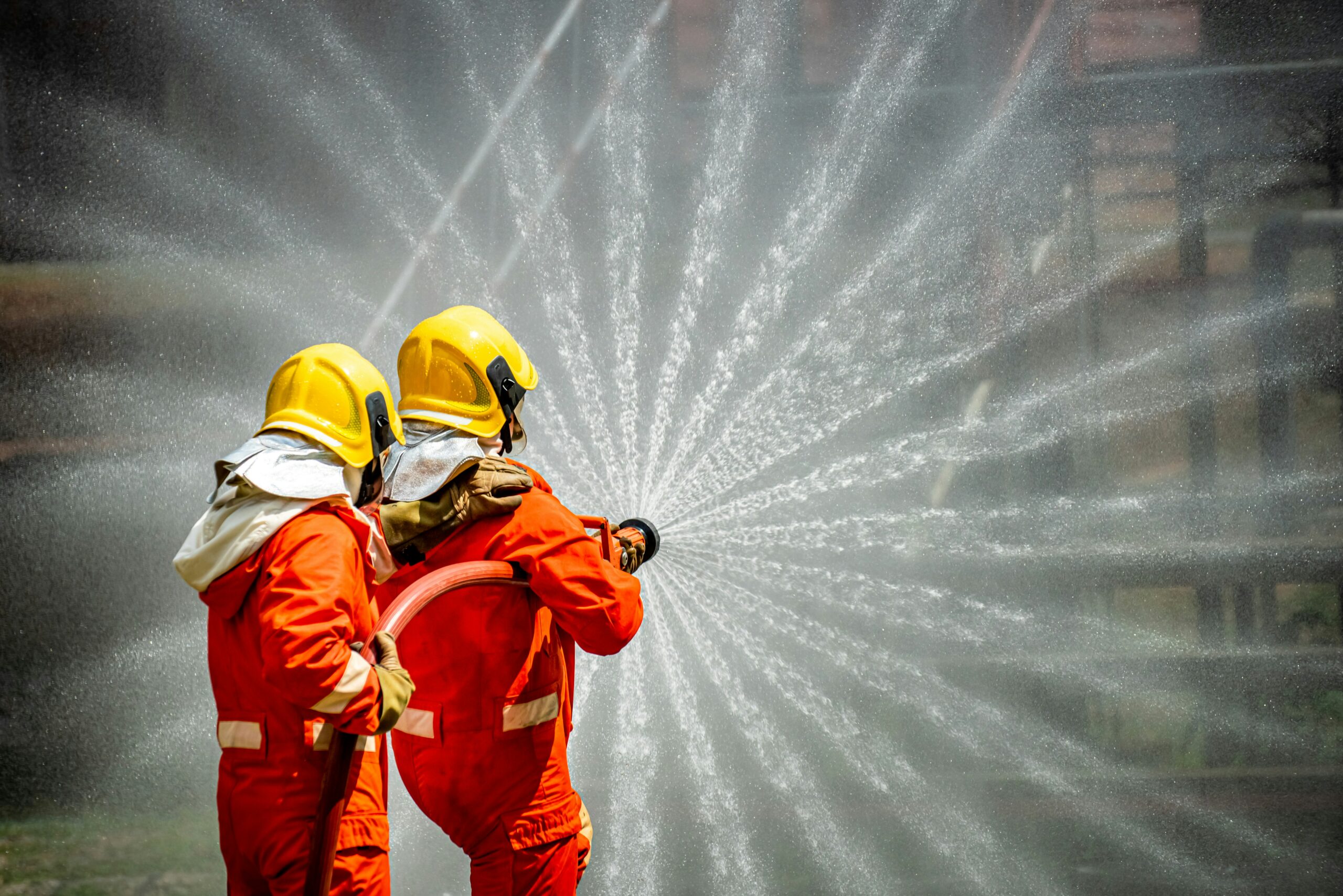
Fire protection has become increasingly sophisticated as technology continues to advance. What was once a simple system of sprinklers and alarms has now evolved into a multifaceted industry, offering various innovative solutions to prevent, control, and mitigate fires. Modern advances drastically improve fire safety standards, protecting lives and property better.
The Rise of Smart Fire Detection Systems
One of the most significant advancements in fire protection is the development of smart fire detection systems. These systems leverage the power of the Internet of Things (IoT), artificial intelligence (AI), and machine learning to detect fires faster and more accurately. Traditional fire alarms rely on smoke or heat detectors to sound an alert. Still, smart systems can analyze various data points, such as temperature fluctuations, air quality, and even sound, to assess fire risks before they escalate.
These systems also offer real-time monitoring and notify property owners, occupants, and emergency responders when a potential fire hazard is detected. By automating responses and gathering critical information, smart fire detection systems reduce response times, significantly increasing the likelihood of containing a fire before it spreads. This level of precision is a game-changer for large buildings, such as offices or industrial complexes, where traditional detection methods may need help to provide comprehensive coverage.
Advances in Fire Suppression Technologies
While detection is critical to fire safety, suppression technologies are equally essential. New fire suppression systems are more efficient, environmentally friendly, and effective in combating various types of fires. Water-based sprinkler systems remain common but advances in alternative suppression agents, such as aerosol-based extinguishers and clean agents like FM-200, are making significant strides.
Aerosol-based fire suppression systems use fine particulates to disrupt a fire’s chemical reaction, effectively extinguishing it without water. These systems are particularly useful in areas where water damage could cause further harm, such as data centers or sensitive manufacturing facilities. Additionally, clean agent systems are gaining popularity because they leave no residue and are safe for human exposure. These clean agents work by displacing oxygen or interrupting the combustion process, making them ideal for environments that require quick, efficient fire suppression with minimal collateral damage.
Fire-Resistant Materials and Building Design Innovations
There has been a surge in the use of fire-resistant materials in construction and building design. These materials are designed to withstand extreme temperatures and resist combustion, providing an added layer of protection in case of a fire. While older buildings may rely on passive fire protection measures, such as fire-rated walls and doors, modern structures incorporate advanced materials like intumescent coatings and fire-retardant composites.
Intumescent coatings, for example, expand when exposed to heat, forming a thick insulating layer that helps prevent the spread of flames. These coatings can be applied to structural elements, like steel beams, to delay the weakening effects of high temperatures during a fire. Furthermore, advancements in building design focus on creating fire compartments, which slow down the spread of fire by isolating building sections. The combination of fire-resistant materials and strategic building layouts enhances fire protection at a fundamental level, ensuring that both occupants and the structure have a better chance of survival.
Integration of AI and Drones for Firefighting
Another groundbreaking development in fire protection is the integration of AI and drones into firefighting efforts. AI has proven useful in predicting fire outbreaks by analyzing patterns in weather, vegetation, and historical data. These predictive tools help fire departments allocate resources more efficiently, potentially preventing wildfires before they grow out of control.
Drones are also becoming essential tools in fire management. Equipped with thermal imaging cameras, drones can provide real-time visuals of a fire’s progression, especially in areas difficult for human firefighters to access. This aerial perspective enables faster decision-making and safer operations. For example, drones can assess a building’s structural integrity before sending in human responders, minimizing the risk of injury.
Sustainable Solutions in Fire Protection
As sustainability becomes a global priority, the fire protection industry is also shifting toward eco-friendly solutions. Traditional firefighting foam and chemical agents often have harmful environmental side effects, including water contamination and ecosystem damage. The industry is developing more sustainable alternatives that minimize environmental impact to address this.
One example is the transition to fluorine-free firefighting foams. These foams are biodegradable and do not release toxic chemicals into the environment. Additionally, some systems now use water mist technology, discharging fine water droplets to cool flames and suppress fires. This method reduces water usage and minimizes property damage while effectively extinguishing fires. Sustainable innovations protect lives and contribute to a healthier planet, aligning fire protection with global environmental goals.
The Future of Fire Protection
Looking ahead, the future of fire protection is driven by continued advancements in technology, sustainability, and collaboration between industries. As more industries embrace smart building technology and automation, fire protection systems will become more integrated and proactive. Predictive analytics, advanced materials, and eco-friendly suppression methods will be increasingly important in shaping fire safety standards.
Moreover, with the growing use of robotics and AI in firefighting, autonomous systems may take on more active roles in managing fire hazards. For instance, AI-driven robots could be deployed in large industrial facilities or hazardous environments to detect and suppress fires and perform preventative maintenance to minimize the risk of fire outbreaks. These innovations will push fire protection toward a future where technology works harmoniously with human efforts to create safer spaces.
The revolution in fire protection is transforming the way we approach fire safety. These innovations, from smart detection systems to advanced suppression technologies and sustainable solutions, are redefining the possibilities of protecting lives and property. As technology continues to evolve, the fire protection industry will keep pace, ushering in a new era of safety for all.